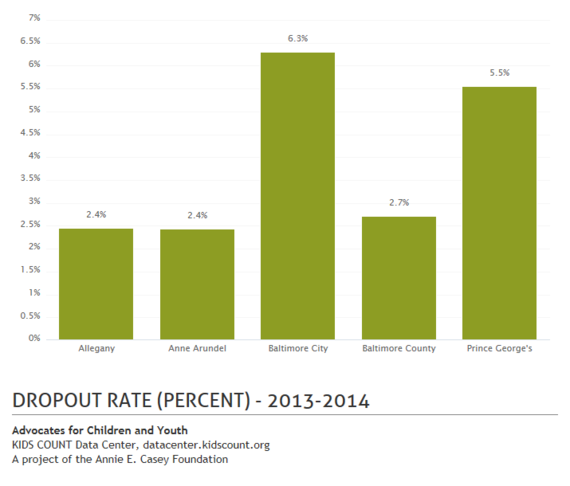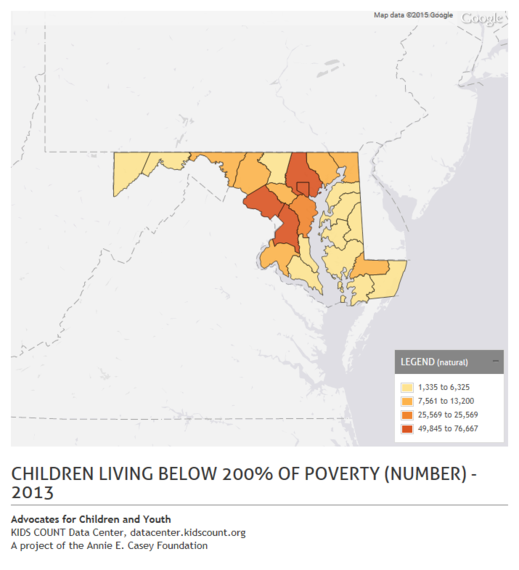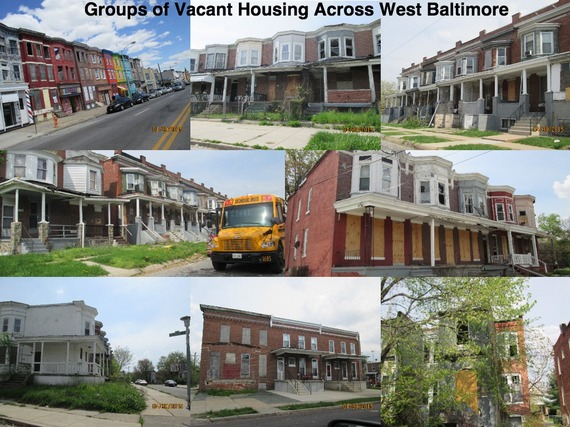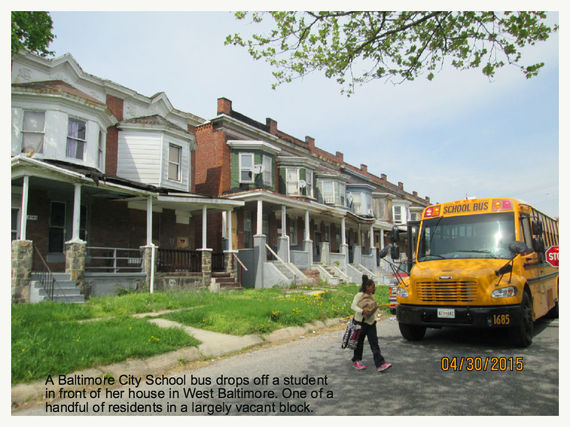On May 14th, Governor Hogan passed 150 Bills into law and stated:
Additionally, we are taking action to address public safety issues in Baltimore City and around the state, including legislation that will work to ensure that every child in Maryland has access to a quality education.
One of those bills was going to provide $68 million to the state's most expensive school districts, $11.6 million to Baltimore City, but instead funds were rerouted to stabilize state pensions. I have family that has dedicated their life in state jobs helping people, I know the need, and don't agree that to help one, the other has to be ignored. At a time when Baltimore City youth needs more help than ever, Governor Hogan made it clear that those needs are not a priority.
Governor Hogan quickly claimed his administration had invested $6.1 billion in Maryland's K-12 schools, the most any MD governor has provided in history.
Baltimore City Schools By the Numbers
This may be a fact but that funding apparently is not enough for the 84, 976 Baltimore City students:
- 84% of students are on free and reduced lunch
- 71,379 students come from families with incomes below 130-180 percent of the annual income poverty level, currently established23,850 for a family of four by U.S Department of Health.
- 6.3% of students drop out, the highest in the state, followed by Prince George's County, who also would have received funding.
And it certainly won't be enough for the 76,667 children 0-17 years of age that live 200 percent below the poverty level, 84 percent of them being black as reported by the Kids Count Data Center, a project of the Annie E. Casey Foundation.
What is clear is where Governor Hogan's priorities lie, as he announced the next day the re-opening of state police barracks in Annapolis, one of the wealthiest areas of Maryland, and adding 100 state troupers.
Maybe Governor Hogan misunderstood Baltimore City's plea. I believe I heard over and over, "open more recreation centers," "open more libraries," "we need more jobs," "we need help to get out of poverty," "protect and serve us, don't kill us," "please help." I definitely did not here "we need more cops." It is a reactionary answer to a system that needs a preventative solution.
"More cops and jails and less funding for schools makes for a great society," said no one ever.
The Collateral Damage of Poverty
The unrest still lives in the hearts and minds of city residents, but has predictably been forgotten about by big media. Gone is the shock value of youth acting out their frustrations in a manner that people finally heard. Gone are the millions of dollars poured in to protect the city from a group of frustrated people. Where have the funds gone that enraged citizens pledged to help at the grass roots level?
The Small Business Administration, a federal agency, reported to the Baltimore Sun, estimated damages caused during the riots of about $8.9 million to about 285 business and $60,000 to two houses -- with at least 30 sustaining major damage.
It is hard to make sense of a system that responds more quickly to damaged brick and mortar, than to the living. Before this, there were, and still are, 54,801 vacant homes in Baltimore City. There wasn't a national outcry to help the families surrounded by urban decay and attempting, at all costs, to thrive on barren soil.
There are no major news reports about the continued violence in the city. Since May 1st, according to the Baltimore City Police Twitter feed, there have been 59 shootings, 19 dead as a result, mostly in West Baltimore. That is in two weeks. In comparison, in a report by New York State's Division of Criminal Justice Services, NYC has had 16 firearm related crimes in the first four months of 2015. It is possible that violence within high poverty areas may not gain as many ratings as violence that crosses its economic, social and racial divide.
What is the collateral damage to generations of children living below the poverty line? The children do not make the choice to live in substandard, lead filled homes, surrounded by drugs, community and police violence. Many have parents who have limited job options, limited wages and transportation, but try their best to compete in a market where even working over time at minimum wage simply leaves them in the same place they started, surrounded by rows upon rows of boarded up housing and nowhere to go. Investing in city schools will help break the cycle.
Baltimore's Answers Come From the Ground Up
City schools struggle with the management of quality and quantity of teachers, students, materials, updated buildings, and an innovative curriculum on any given day. $11.6 million dollars could have alleviated a struggling system, giving it some breathing room. Room to focus on the actual business of schools -- to help children's minds move beyond survival into thriving.
These communities are doing the best they can to fill the gaps with courageous community organizations like the 300 Men March, COR, Bea Gaddy Family Center, The Door, Operation Help or Hush, Angels of Addiction, Known As Monique, and Yes Drop In Center, armed with books, food, job resources, beds, health and nutrition programs the schools can't provide. They are relentless people that carry light into the most unseen places of Baltimore.
They hope that tomorrow will be better because they chose to embrace today and live with the idea that change will come, a hope so deep that even lack of funding, persistent violence, and boundless poverty can't crush it. It may shake it and bring it to its knees but, it won't crush it.





